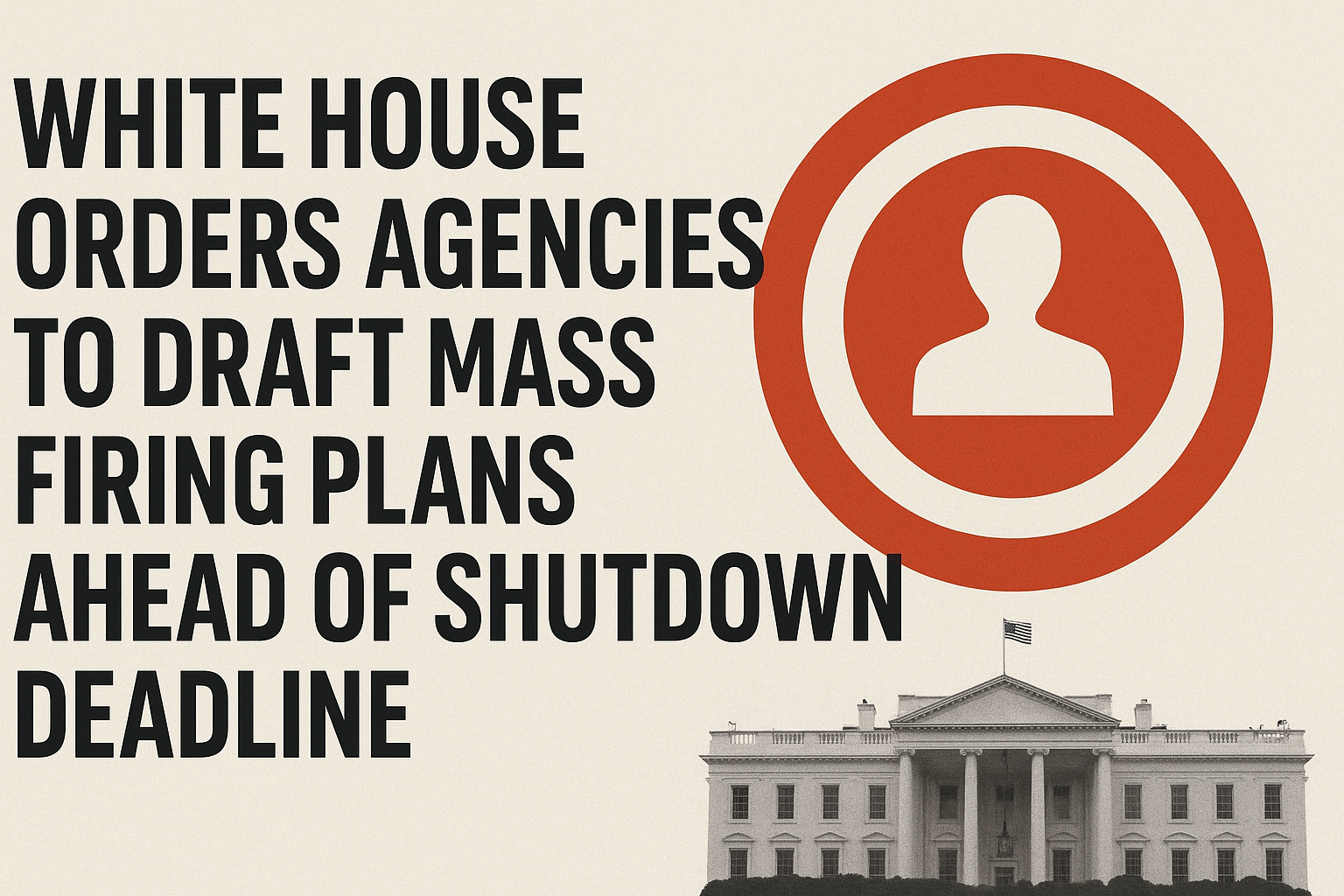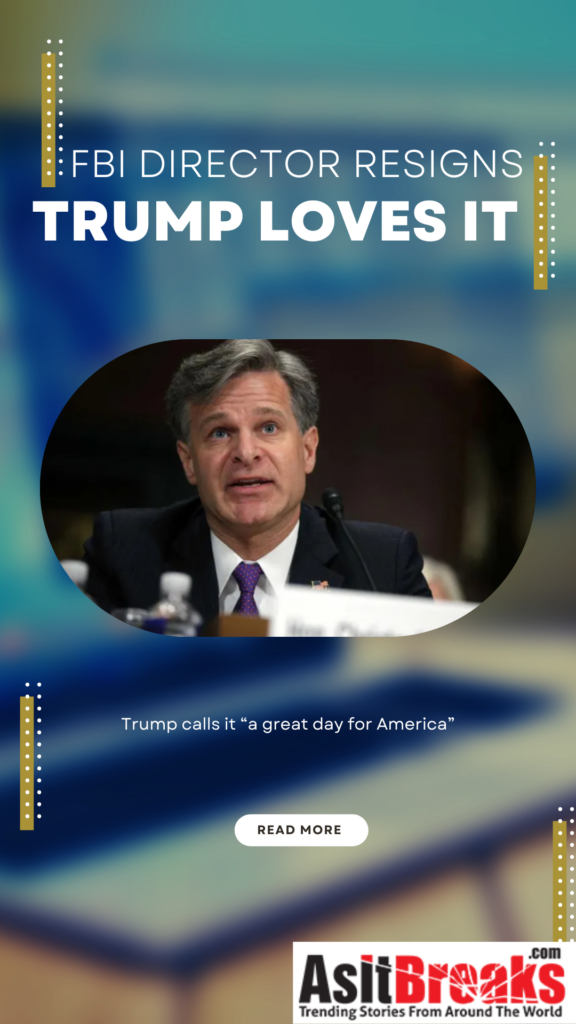As the federal funding deadline looms on Sept. 30, the White House has escalated the standoff with Congress. It is now directing federal agencies to prepare reduction-in-force plans. This signals that mass, permanent layoffs could replace the traditional furloughs during a government shutdown.
That shift is outlined in a memo from the Office of Management and Budget (OMB), which was shared in advance with POLITICO. The memo orders agencies to focus on programs whose discretionary funding will expire Oct. 1 and that lack alternative revenue. For those, OMB instructs agencies to begin drafting RIF plans that permanently eliminate positions, rather than just pausing them. The memo stresses that these cuts would “go beyond standard furloughs,” aiming to remove jobs in areas deemed “not consistent with the President’s priorities.”
The document’s language is chilling: “Programs that did not benefit from an infusion of mandatory appropriations will bear the brunt of a shutdown,” the memo states. This is a clear signal that the administration sees this as more than contingency planning. It directs agencies to submit their RIF proposals to OMB and to issue notices even to employees who might otherwise be excepted or furloughed during a lapse.
That approach diverges sharply from prior shutdowns. In the past, nonessential employees were sidelined temporarily and later reinstated once funding resumed. This time, the administration seeks structural cuts. The White House is navigating uncharted territory, using the threat of permanent layoffs as a form of political leverage.
Democrats swiftly condemned the move. Senate Minority Leader Chuck Schumer called the memo “an attempt at intimidation.” He added, “Donald Trump has been firing federal workers since day one — not to govern, but to scare.” House Minority Leader Hakeem Jeffries, in an X post, warned: “We will not be intimidated by your threat to engage in mass firings. Get lost.”
Political pressure underlies the strategy. The Republican-controlled House has already passed a stopgap measure extending funding through Nov. 21. Senate Democrats rejected it. They demanded a more comprehensive package, including extensions of health care subsidies. The memo states that if a “clean” short-term funding bill passes, the outlined RIF steps “will not be necessary.”
Still, the threat of irreversible job cuts raises profound concerns for governance. Permanent RIF actions could sap institutional capacity, erode agency memory, and cripple essential federal functions. Some agencies already face lean staffing. According to Government Executive, OMB advised agencies to “retain the minimal number of employees necessary to carry out statutory functions.” Even as the backlog of proposed cuts grows, staffing remains a concern.
Legal experts warn that the administration may encounter roadblocks. Agencies can issue RIF notices with 60 days’ notice, or 30 days with an OPM waiver. Firing staff during a shutdown may run into statutory constraints on spending authority. As Reuters reports, “federal law does not give the administration the authority to fire federal staff during a shutdown” absent due process and appropriations action.
Critics argue this gambit damages the country more than politicians. Bobby Kogan, a former OMB official, described the possible mass layoff plan as “an action of enormous self-harm inflicted on the nation, needlessly ridding the country of talent and expertise.”
If enacted, the cost would ripple well beyond federal employees. With fewer staff in regulatory agencies, market supervision may become weaker. Economic data releases may be delayed. Vital functions, such as disaster response, health oversight, and cross-agency coordination, could stall. A Reuters explainer notes that the impact of a shutdown on financial markets would be amplified if key regulators are sidelined.
Congress now stands at a crossroads. It may avert this destructive path with a clean funding resolution. Otherwise, it could allow the White House’s ultimatum to transform a budget standoff into a sweeping purge. Either way, the implications for the federal workforce, institutional integrity, and public services are profound — and irreversible if left unchecked.


